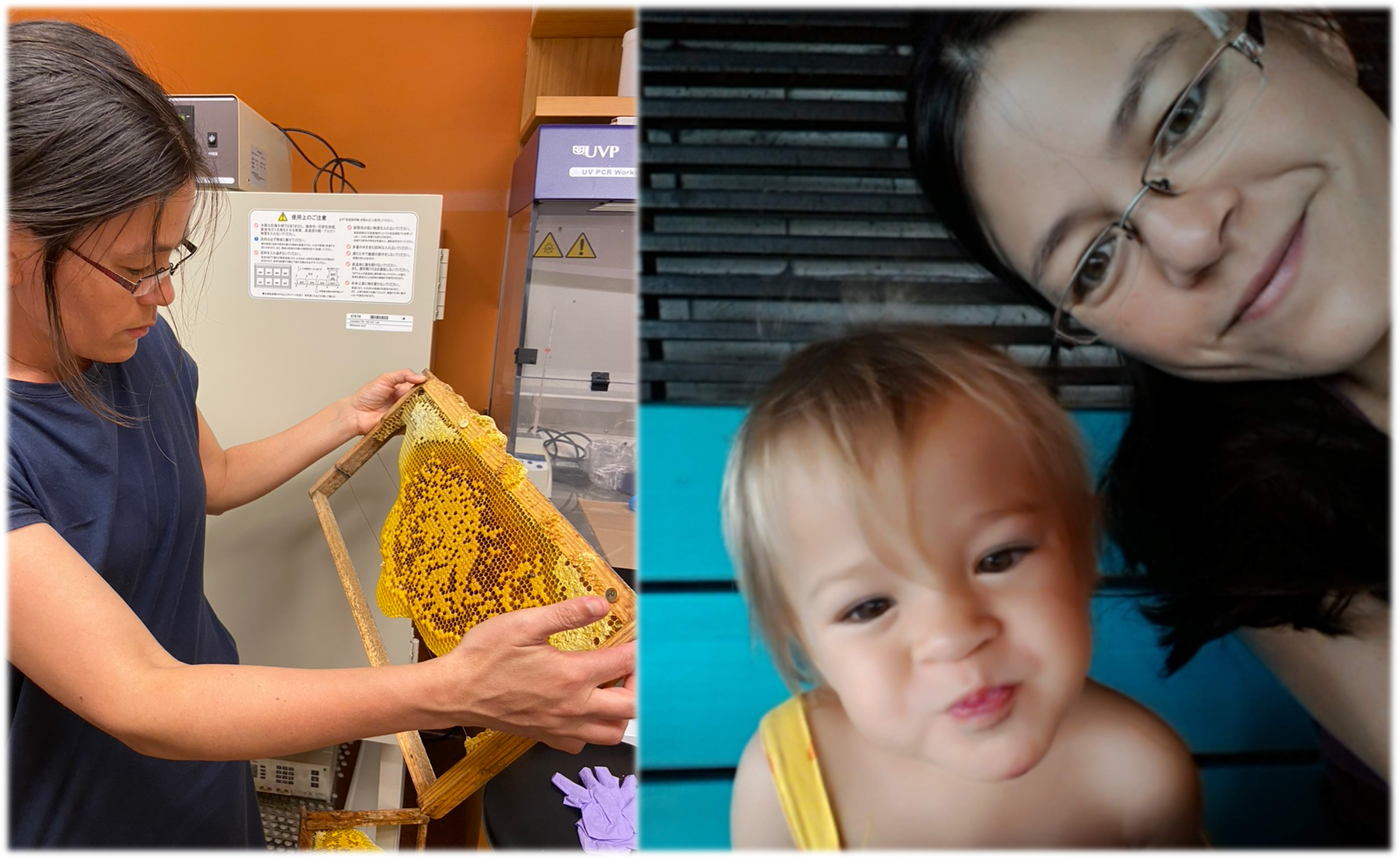Nurit Eliah, PhD

Postdoctoral Scholar, Ecology and Evolution Unit, OIST
Brief Bio: I am a Postdoctoral researcher at the Ecology and Evolution unit, OIST, Japan, and a fellow of the Program for Outstanding Postdoctoral Students of the council for higher education, Israel. My main research interest is host - vector - pathogen coevolution, specifically in the tripartite system of bee - varroa - virus interaction. I completed my PhD. at the Hebrew university and the Agricultural Research Organization (ARO), at the Soroker Chemoecology lab. Combining chemical ecology, molecular biology, omics and bioinformatic approaches, I am investigating the interaction between the honeybee, varroa and its vectored viruses, aiming to reveal the mechanisms underlying host-parasite coevolution.
Varroa, viruses, vector-pathogen interaction, RNAi silencing, network analysis
Varroa mite genes interact with its viruses’ load
Co-authors on this work: Nurit Eliash*, Miyuki Suenaga and Alexander Mikheyev
*Lead Author
Pathogenic honey bee viruses are in large part responsible for worldwide honey bee population collapses, threatening global food security. Varroa plays a key role in the spread of viruses and without it viruses are typically present at low non-lethal levels. However, little is known about the interaction between the viruses and the mites. Here we studied the interaction between varroa gene expression and the load of several viruses it carries.
We used a network analysis approach to identify groups of genes that share a similar expression pattern across a large set of available varroa transcriptomic data (RNAseq). Correlating these co-expressed genes groups to varroa viral load, we detected biological processes in varroa that interact with specific viruses, mainly of the Iflavirus family. Interestingly, the nature of the interaction depend on the virus type: bee-pathogenic viruses (Deformed wing viruses type A and B) correlate in the opposite direction to that of varroa specific viruses (such as Varroa destructor virus-2). To experimentally validate these predicted interactions, we silenced specific genes that are central players in the varroa-virus correlations (using RNAi). We found that reduction in varroa gene expression was accompanied by a change in viral load. These findings suggest that varroa does interact with specific viruses, and shed light on its role as a vector of bee-diseases.